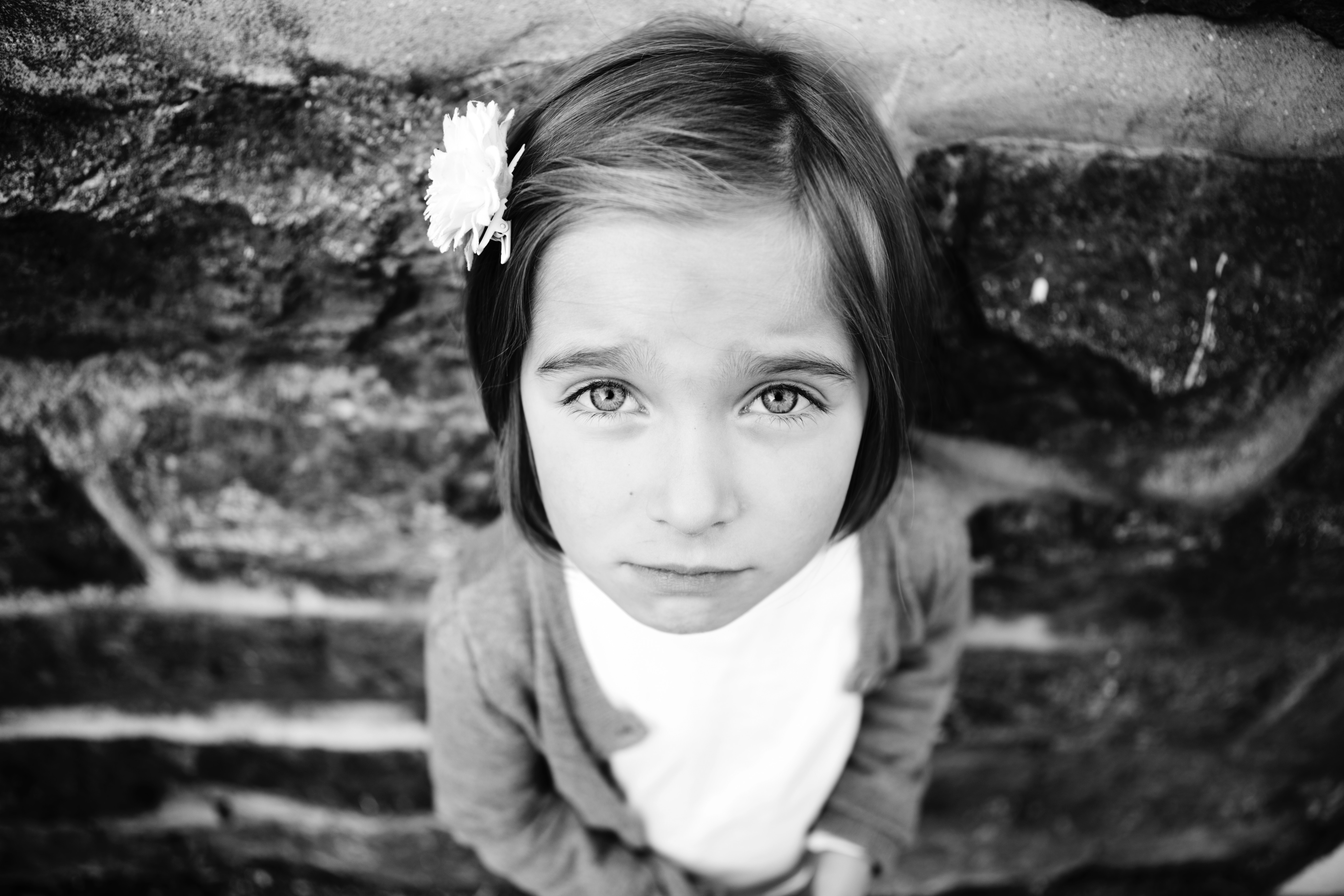This article was originally published in The Ascent.
“It’s not fair!”
I think I’ve heard those 3 words at least a million times in my teaching career. If you’re like me, this simple statement probably makes you cringe. In my experience, these dramatic fairness complaints by kids often seem either petty or completely unreasonable.
But over the years I have learned that these words can mean a variety of things for both the kids saying them and for the adults listening. It’s no wonder this phrase is one of the most commonly repeated phrases by kids and the most dreaded by adults.
For kids, saying “It’s not fair!” can mean…
- They are having trouble seeing the big picture. This could be because they are missing key information or they may have not yet fully developed their ability to see things from other perspectives.
- They actually don’t even understand the concept of fairness. I’ve discovered on several occasions that to many kids fair means “It’s what I want” and “not fair” means “It’s not what I want”.
- They have beliefs that have them seeing through the lens of what’s working for others and what’s not working for them. This leads to the distorted perception that others are always more fortunate.
- They have discovered that these words have “worked” for them in the past. Kids quickly learn that these “magic” words trigger any ounce of guilt or doubt in most adults and easily pull us into catering to their demands.
- There is something else going on in their lives that is truly unfair, and the trivial circumstances that are arising on the surface are triggering a bigger underlying issue.
For adults, hearing “It’s not fair” from a child can be interpreted as…
- You don’t appreciate everything I’ve done for you????!
- I’m not doing or providing enough. I must be a failure.
- I have raise a spoiled, selfish and entitled child!
- I better figure out how to make things more fair so I don’t have to pay for therapy later 🙂
- Can’t you see that I’m doing my best and I just don’t have this to offer right now?
So how do we respond so that we address what’s at the root of the perceived unfairness without being triggered or pulled into the child’s demands?

Let’s start with how not to respond.
1) Dismissing their feelings by saying “Life’s not fair”
When I was a child, I would not dare say that something was unfair because I knew I would be met with an abrupt and dismissive “Life’s not fair!”. There was little attempt to understand my point of view and I was just expected to deal with the hand I was dealt without complaint. The message this sent me was that I don’t have the right to be upset or to express my needs.
While shutting kids down with this old adage is tempting, it doesn’t actually address what’s at the root of their perception, even if things are fair from your point of view. Doing this repetitively just causes kids to internalize their feelings and bury them even deeper.
2) Catering to their demands by obsessively trying to make everything the “same”
Coming from a family of four kids, I know how important it is to make sure all the pieces are equal when serving dessert! But “fairness isn’t always sameness”. In many cases what may be fair from a big picture perspective may appear very unfair in the moment and on the surface.
If we obsess over the optics of fairness, we are doing kids a disservice because we are conditioning them to focus on what they have or don’t have compared to others. Constantly comparing yourself to others is a recipe for an unhappy life!
3) Convincing them by giving them all the reasons why it is fair
Reasoning with kids about something as subjective as fairness is futile! If you’ve spent more than 5 minutes with kids you’d know that this just doesn’t work. There is a deeper reason why they are perceiving an experience as unfair. Trying to convince them to see another perspective will only prompt them to defend their way of seeing things and ingrain the perception even more.
Simply acknowledging the perceived unfairness and listening to their feelings is often all kids need to let things go. Most of the time all they really want is to be heard.
How then can we respond so that we don’t have to keep hearing it?
1) Be curious and dig deeper
Ask them to explain what they perceive is unfair. Be prepared for a completely unreasonable response at first and then keep probing deeper. Resist the urge to jump in and tell them how ungrateful or oversensitive they are! If we allow them to keep explaining without judgment, we will eventually uncover what is at the root of the perceived unfairness.
Sometimes it’s a false belief that needs to be shifted and other times there are real hurts they are dealing with that may seem to have nothing to do with what they were originally complaining about. When kids have unresolved wounds, this often shows up on the surface in seemingly petty and unreasonable ways. It’s usually never about what it’s about!
2) Help them to see the bigger picture
Sometimes kids just need more information to help them see the bigger picture. Be careful not to jump into convincing mode. It’s usually better to listen and validate their concerns first and then offer information that will help them see the situation more objectively.
Most young kids see their parents and teachers like gods that control everything in their universe. This makes sense because from their vantage point we seem to be the only thing between them and their desire. When they understand that there are other factors at play that are out of our hands, they will feel less controlled and be less likely to internalize the experience in a way that affects their self worth.
3) Be patient and help make perspective taking more concrete
According to Piaget’s stages of development, kids only begin to develop “self-reflective perspective taking” between ages 7–12 and “third-party perspective taking” only happens from 10–15 (source link). We often get frustrated with kids for not being able to see another’s perspective, but this is a very abstract concept that young kids have a hard time with (as do many adults)!
We can help make perspective taking more concrete through role playing, games, story telling or giving them the responsibility of helping to solve fairness issues for others. The more opportunities they have to explore perspective taking outside of their own direct experience, the easier it will be for them to use this skill when it relates to them.
The old adage is true. “Life’s not fair.” But this doesn’t mean kids are destine to a life of victimhood. What’s more important than how fair their experiences are, is how they perceive and internalize these experiences.
We have all seen how people from disadvantaged backgrounds can grow to be happy and fulfilled and those who seem to have everything going for them can end up miserable and dissatisfied. This is because many of us have unhealthy beliefs and unresolved emotions that have us feeling less than and cheated by life regardless of our actual circumstances.
The greatest gift we can give kids is to help them shape healthy ways of perceiving their experiences that support feeling happy and fulfilled on the inside, regardless of outer circumstances.
So when kids say “It’s not fair”, listen carefully. Not just to their petty complaints, but to their underlying hurts, their unhealthy beliefs, their distorted perceptions, and to those voices in our own heads that have us thinking that we are never doing enough.
Because the real reason kids repeatedly say “It’s not fair” is to let us know that there is something going on inside of them or inside of us that is not working in some way.
And when we can resolve what’s going on inside, then whatever is happening in their outer experience will no longer seem so unfair!
Want to learn more about parenting and educating from the inside out? Gain free access to my learning community here.
Other articles by Sheila Sims:
“I’m Accused of Being Unfair and Inconsistent with Kids”
“My Teaching Fail that Revealed the Answer to “Difficult” Behaviors in Kids”
“I Did the Opposite of What a Rational Parent or Teacher Would Do”


